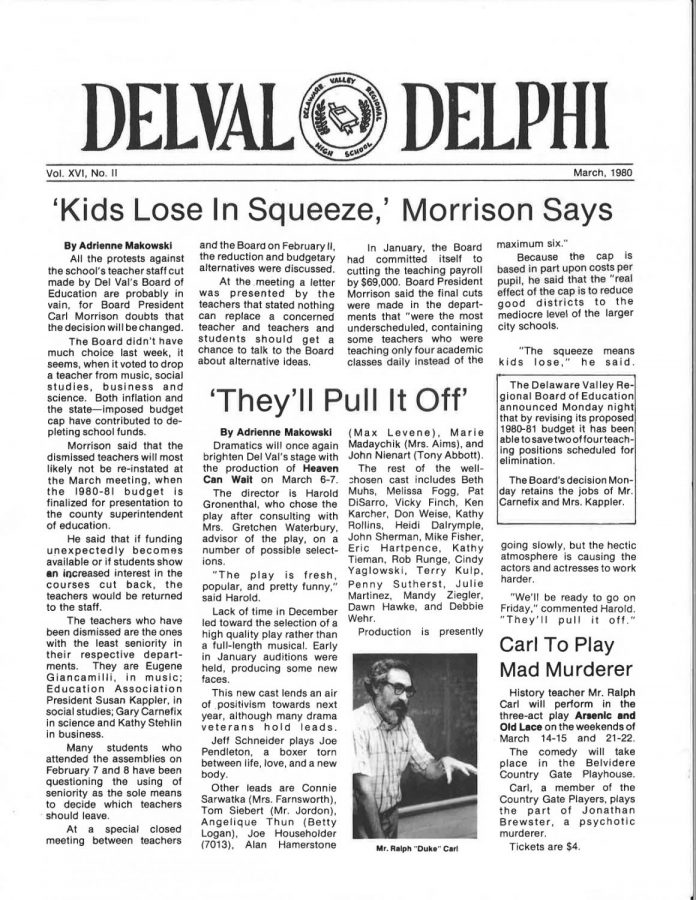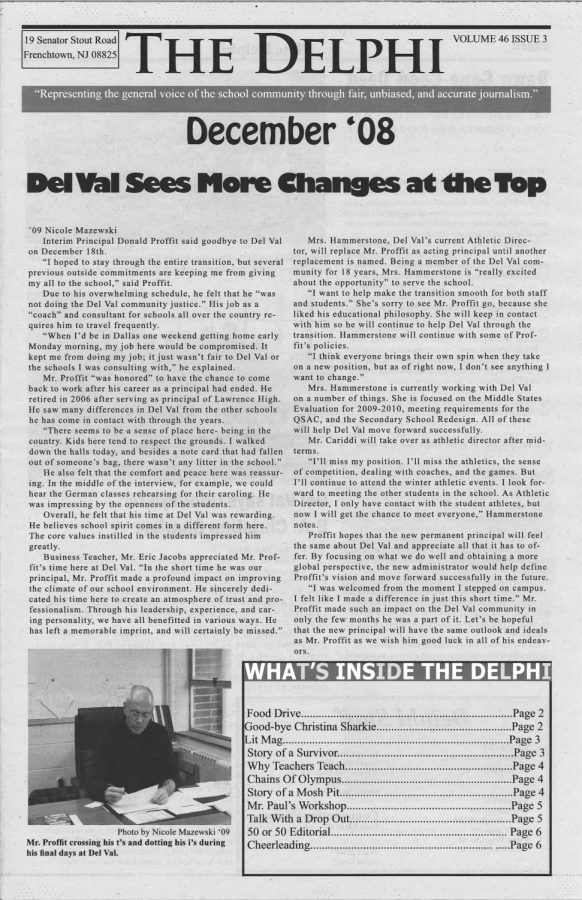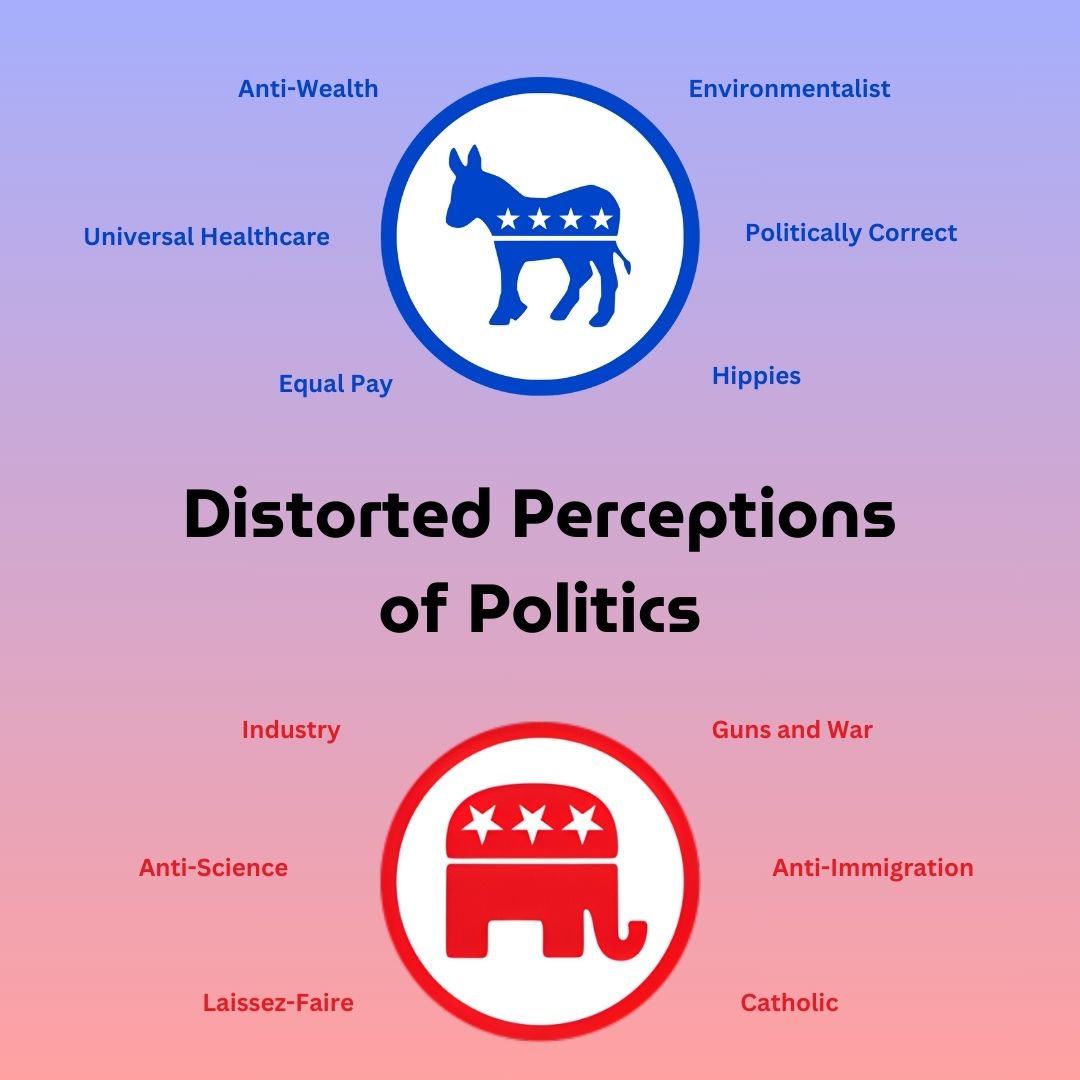Student loan debt crisis

Student debt raises many concerns in the mind of students and graduates
June 8, 2021
Currently in the United States the student loan debt is crippling, totaling $1.74 trillion with the average student loan for the class of 2019 totaling $28,950.
According to the U.S. Department of Education, the debt in New Jersey accounts for $40.5 billion of that national total.
The dramatic rise in student debt is not surprising considering how drastically tuition costs have increased over the last two decades.
For instance, during the 2019-2020 school year, the tuition for in-state students at Rutgers, the largest university in New Jersey, was $15,407. Twenty years ago, that same tuition for in-state students at Rutgers was $4,762 for the 1999-2000 school year. Over the course of two decades, the cost has more than tripled for NJ residents.
For Delaware Valley Regional High School senior Lucy Nugent, financial considerations such as tuition costs and student loans played a significant part in her college search process. “I definitely cut a few schools off of my list of where I was accepted into because of their expense,” Nugent said, who admits that student debt is something she often worries about.
Nugent is in agreement with the rising chorus of voices who have spoken out against the staggering student loan crisis in this country: “I definitely believe that the student debt crisis is something that needs to change. More people in our country should have access to higher education, and students with wealthier families should not be put at an advantage because they do not have to choose where, or if, they attend college based off of their financial status.”
Nugent anticipates that it will take her around five years to pay off all of her student loans.
High school English teacher, Tara Civitillo, has been out of school for 14 years, and she is still paying toward her student loans.
As a mother to a young daughter, Mrs. Civitillo wishes she could begin saving for her child’s college expenses, but unfortunately, due to repeated refinancing of her own loans, she is paying a great deal more than she owes every month.
Despite all of the debt and the worry it has created for Civitillo, she still recognizes that college is a valuable and important part of many people’s lives.
She believes high school programs such as concurrent enrollment and other scholarship opportunities are great, money-saving opportunities for those students looking to go on to higher education.
In Maryland, Hood College rising junior Grayson Whitesell made his college decision based on which school offered him the most money in scholarships.
By choosing an in-state school, Whitesell has been able to commute, which spares him the cost of room and board and a meal plan.
Fearful of being saddled with student debt, Whitesell opted not to take out any student loans, working part time throughout the school year to meet his tuition expenses.
All across the country, students are basing their college selections around avoiding life-long debt responsibilities, and some are taking it even further by investigating the most lucrative career paths which will help them pay off any loans they’ve accumulated as quickly as possible.
Even with all these different tactics and plans to dodge as much debt as possible, it has become very clear that something substantial needs to change in this country to help make education more accessible and affordable to every student who desires it.
















































































Lissa Mulherin • Sep 12, 2021 at 7:57 am
If colleges would cut cost down to the bare bones,i.e just learning, the costs would be affordable. Did you also know that Princeton only accepts about 1,500 students a year, yet get billions in federal monies? Princeton evidently is a non-profit. If the school paid their fair share of property taxes the state wouldn’t have to raise taxes. Look in to those topics. Fascinating once you start digging.